In most cases, chronic inflammatory diseases of the urogenital region are the result of unprofessional treatment. The disease cannot be cured if the symptoms and treatment of cystitis in women are not suitable. The drugs advertised on television only provided temporary pain relief, after a certain period of time the disease recurred.
The only way to get rid of cystitis is to determine the cause of the disease and undergo a full course of treatment under the supervision of a urologist.
Cystitis - causes in women
In medicine, the term "cystitis" combines several types of symptomatic urological pathology, in which the mucosa of the bladder is damaged. Due to the anatomical features of the body, women suffer from cystitis several times more often than men.
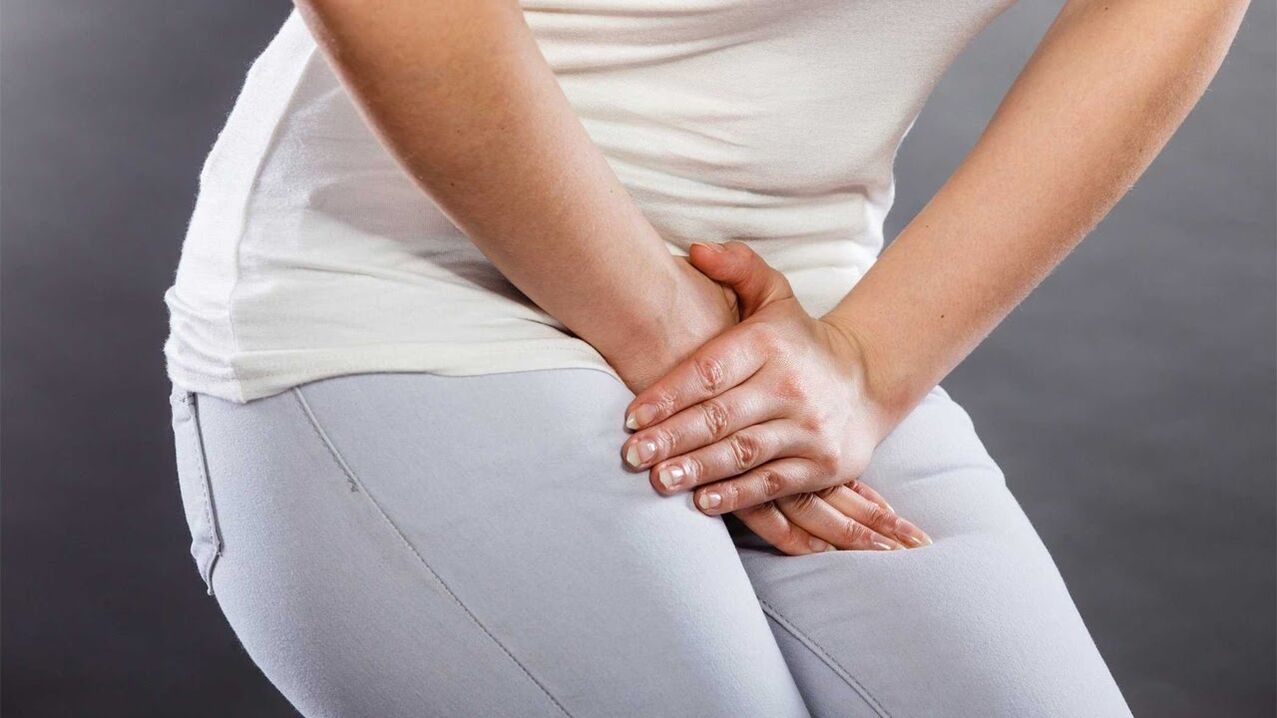
The work of the bladder is closely related to all physiological systems, therefore, dysfunction in the internal organs, in one way or another, affects the health of a person's genital organs. women.
The development of the inflammatory process may precede:
- viral or bacterial infection - flu, tonsillitis, sinusitis, Staphylococcus aureus, trichomonas, E. coli, tooth decay, boils;
- Hypothermia;
- allergy;
- hormonal changes during menstruation, pregnancy, menopause;
- acquired diseases - diabetes mellitus, colitis, spinal trauma, renal and endocrine pathologies, tumor formation;
- are taking medication;
- reduced immunity;
- abnormalities in the development of the organs of the genitourinary system;
- inadequate genital hygiene;
- Acute forms of cystitis most often occur against the background of obstruction in the urinary system.
The routes of entry of pathogenic microorganisms into the bladder are also different. In diseases of the upper respiratory tract, the infection spreads throughout the body through the bloodstream. In diseases of the gastrointestinal tract, bacteria enter the genitals from the anus. Due to kidney diseases, infectious agents move from the kidneys along with the urine.
Factors that contribute to the development of cystitis include wearing too tight synthetic underwear, a tendency to constipation, changing sex partners frequently, having unprotected sex, as well as conditions that reducepotential of the immune system - stress, lack of sleep, excessive exercise. , irregular nutrition.
The main symptoms and signs of the disease
The development of cystitis can be acute or with increasing symptoms. Characteristic signs of acute cystitis are cramping, burning pain when urinating.
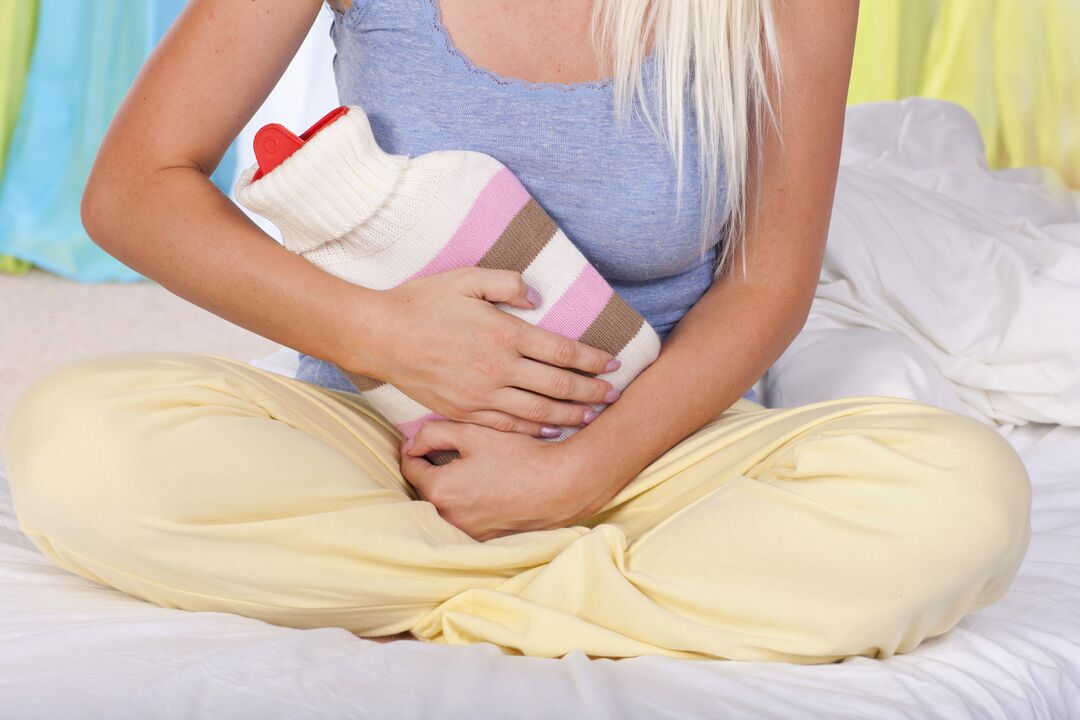
But as the disease progresses, symptoms such as:
- discomfort in the genital and pubic areas;
- itching and burning in the perineum - the result of the irritating effect of toxic substances accumulated in the urine;
- frequent urination;
- pain in the lower abdomen and back, a feeling of fullness in the abdomen;
- headache;
- increased fatigue;
- slight increase in body temperature;
- Cloudy urine;
- urine has an unpleasant odor;
- incomplete feeling of the bladder;
- the appearance of blood in the urine may indicate the development of complications.
Cystitis is allergic or infectious in 95% of cases accompanied by itching.
Complications of the disease
Due to its high prevalence (the condition is diagnosed in 40% of women worldwide), the severity of the consequences of cystitis is often underestimated.
With proper treatment, as long as there is no cause supporting the pathological process, the symptoms of acute cystitis disappear and the woman's health improves markedly. Without the necessary effective treatment, the disease turns into a chronic form, fraught with serious health complications.
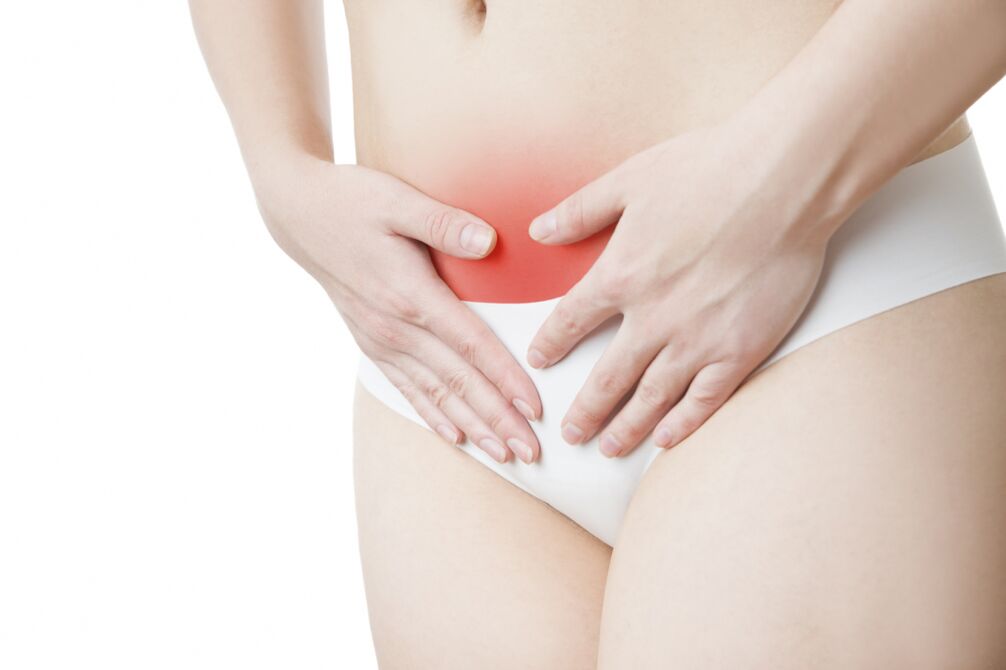
Chronic cystitis is characterized by damage to most of the bladder lining. At the same time, edema and thickening appear in the affected areas, against the background of a decrease in the elasticity of the epithelium.
The progression of the pathological process leads to complications that threaten the health of vital organs and systems:
- in 95% of cases, kidney disease occurs - pyelonephritis, renal failure;
- Organic changes in the tissues of the bladder rupture its walls and the development of peritonitis;
- frequent inflammation is one of the main reasons for the formation of adhesions;
- decline in reproductive function, the risk of complete loss of the ability to bear children;
- urethritis;
- tumor processes;
- the formation of ulcers on the bladder wall, bleeding;
- urolithiasis;
- muscle damage and loss of bladder tissue tone, leading to dysfunction and urinary incontinence.
In a woman's body throughout her life, there are periods of susceptibility to cystitis accompanied by natural physiological changes.
Periods prone to cystitis in a woman's life
The first critical period occurs before the age of three. At this age, children with congenital urinary tract disease may have vesicoureteral reflux, in which urine from the bladder returns to the kidneys. The consequence of the pathology is an increasing vulvovaginitis and bladder infections.
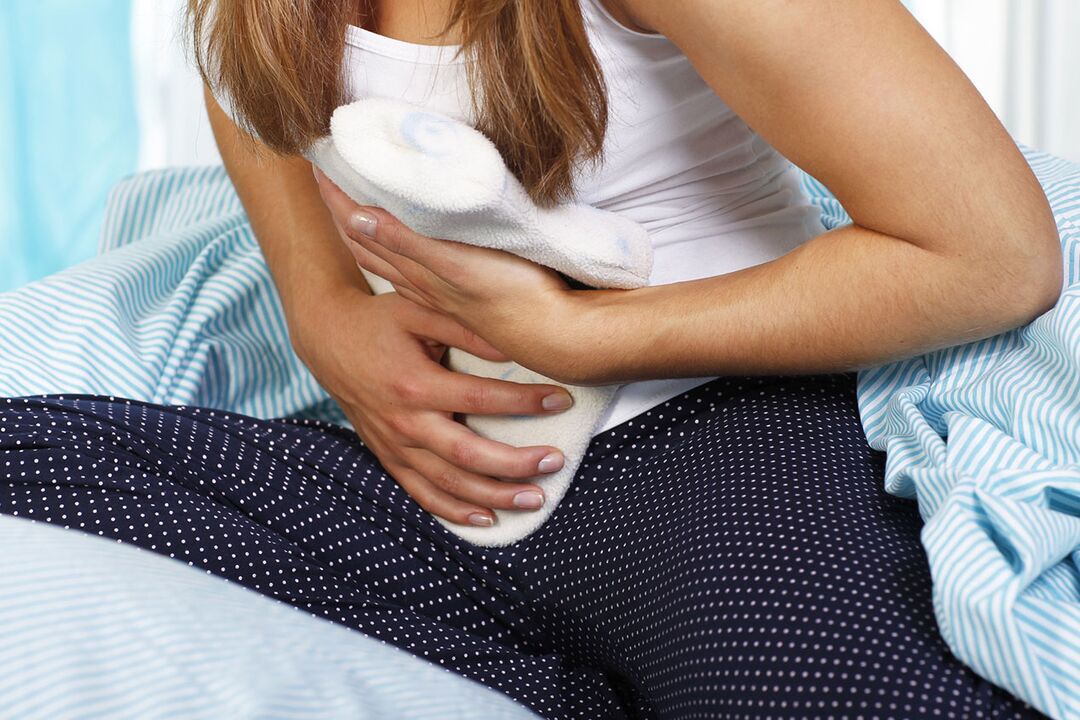
Puberty is the second period in a woman's life, which is important in terms of her susceptibility to cystitis. In addition to the hormonal changes inherent in puberty, the risk of infection during unprotected sex is also increased.
Menopause manifests itself not only in a decrease in the level of hormones in the female body, but also in a decrease in the protective properties of the bladder mucosa, as well as a change in its anatomical position. All these changes contribute to the development of UTIs and other pathologies inherent in cystitis.
Diagnostic measures
The medical examination of patients with suspected cystitis includes not only confirming the diagnosis but also identifying the underlying disease that has caused the bladder inflammation.

Along with the study of the pathological data and the symptoms of the disease, urologists use the following diagnostic measures:
- general urinalysis;
- general blood analysis;
- cystoscopy - examination of the bladder through a laparoscope;
- analysis of the composition of the microflora of the vagina;
- Ultrasound of the genitourinary system;
- PCR - molecular research methods;
- Bacterial culture in urine.
In some cases, doctors use information obtained with a biopsy, microscopic examination of samples of affected tissue, to make a diagnosis.
Medicines for the entire course of disease treatment
Treatment of cystitis is not only eliminating the inflammation of the bladder mucosa, but also supporting pathologies. The choice of methods and means of treatment depends on the form of the disease and the associated pathological processes.
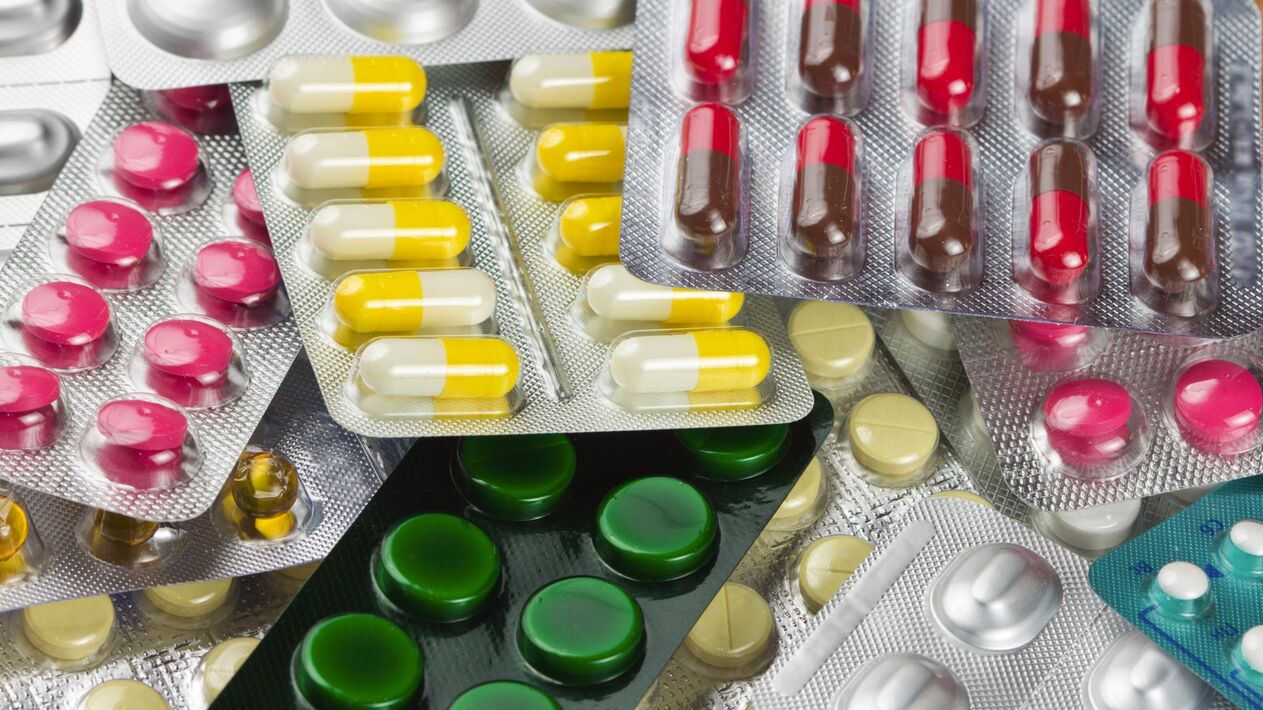
To stop the symptoms of an acute form of cystitis, the patient is prescribed bed rest, a special diet, hot compresses, as well as antispasmodic, antibacterial and diuretic drugs. .
The minimum course of treatment for acute cystitis is 7 days. The interruption of treatment is one of the main reasons leading to the development of the chronic form of cystitis.
Antibacterial drugs
The appointment of antibacterial drugs is appropriate for cystitis, the causative agent of which is bacteria.
Among the most effective antibacterial agents:
- Phosphonic antibiotics. Produced in the form of granules. It is performed once in the acute form of cystitis;
- Tablets for cystitis and other acute or chronic infections of the urinary system. Belongs to the quinolone group. The active substance is pipemidic acid;
- A popular antibiotic based on nitrofuran. Relevant when exposed to bacteria, the sensitivity of which is demonstrated by seeding;
- Stock up on antibiotics. It is prescribed if the use of other drugs does not bring a therapeutic effect. The active substance is from the group of fluoroquinolones;
- Drugs from the group of oxyquinolines. It is active against most bacteria and Candida fungi;
- An antibacterial substance from the nitrofuran group that blocks the action of bacterial infections. The use of tablets is also suitable for the prevention of urinary tract diseases.
You can only take any antibacterial drug prescribed by your doctor. Despite their high therapeutic effect, modern drugs have many contraindications and can cause unwanted side effects.
Antispasmodic drugs
Drugs with antispasmodic properties are an integral component of restorative and maintenance therapy for cystitis.
The effect of antispasmodics is manifested in the elimination of spasm of the bladder smooth muscle and a relaxing, analgesic effect.
Antispasmodic administration is appropriate for both acute forms of cystitis and recurrent episodes of chronic infections.
Anti-inflammatory drugs
To reduce inflammation of the bladder lining with cystitis, you should take a non-steroidal anti-inflammatory drug (NSAID). Along with the elimination of inflammatory processes, drugs of this group provide analgesia, relieve pain and discomfort inherent in the pathology.
Phytoprepods
The use of plant-based preparations is an effective way to enhance the effects of drug treatment. Herbal remedies are based on biologically active natural plant ingredients.
- A product containing extracts of oregano herb, carrot seed, hop seedling, as well as mint and Siberian fir leaf oil. Provides antiseptic, antispasmodic and diuretic effects. Available in capsule, syrup or drop form.
- Tablets based on plant extracts with anti-nephrotic and antibacterial properties.
- Paste based on orange and fir oils. It has diuretic, anti-inflammatory and antispasmodic effects. Prevents the development of urolithiasis.
The reception of plant-based preparations is most effective in the initial stage of the development of cystitis.
Probiotics
Due to exposure to infectious microorganisms and following antibiotic use, beneficial microflora activity may be reduced.
To maintain the natural physiological level of the microflora in the mucous membranes of the intestines and genitals, it is necessary to use probiotics - food supplements containing live cultures of microorganisms.
Treatment of the chronic form of the disease
To get rid of the chronic form of the disease, it is necessary to diagnose all potential foci of infection and devise complex therapy that blocks the vital activity of the pathogen and its consequences.

The main treatments for chronic cystitis:
- etiological therapy aimed at eliminating the infectious agent and including the administration of antibacterial drugs;
- Disease genetic therapy allows you to restore the functions of the immune system, normalize the hormonal background and eliminate structural pathologies of internal organs. The main goal of therapy is to restore the natural flow of urine and eliminate all possible foci of infection. Treatment is with immunomodulatory and anti-inflammatory drugs, and in some cases, corrective surgery;
- prophylactic - a set of measures that prevent the possibility of recurrence of infection.
As additional therapeutic measures, physiotherapy is prescribed - electrophoresis, electrical stimulation of tissues, laser irradiation, as well as special exercises that help to normalize blood circulation in the pelvic organs.
Folk remedies for cystitis in women
The list of recommended folk methods for the treatment of cystitis includes well-known and affordable herbal remedies: decoction of fennel seeds, infusion of millet, tea, infusions and herbal bathschamomile material, parsley seed infusion, and St. John's wort.
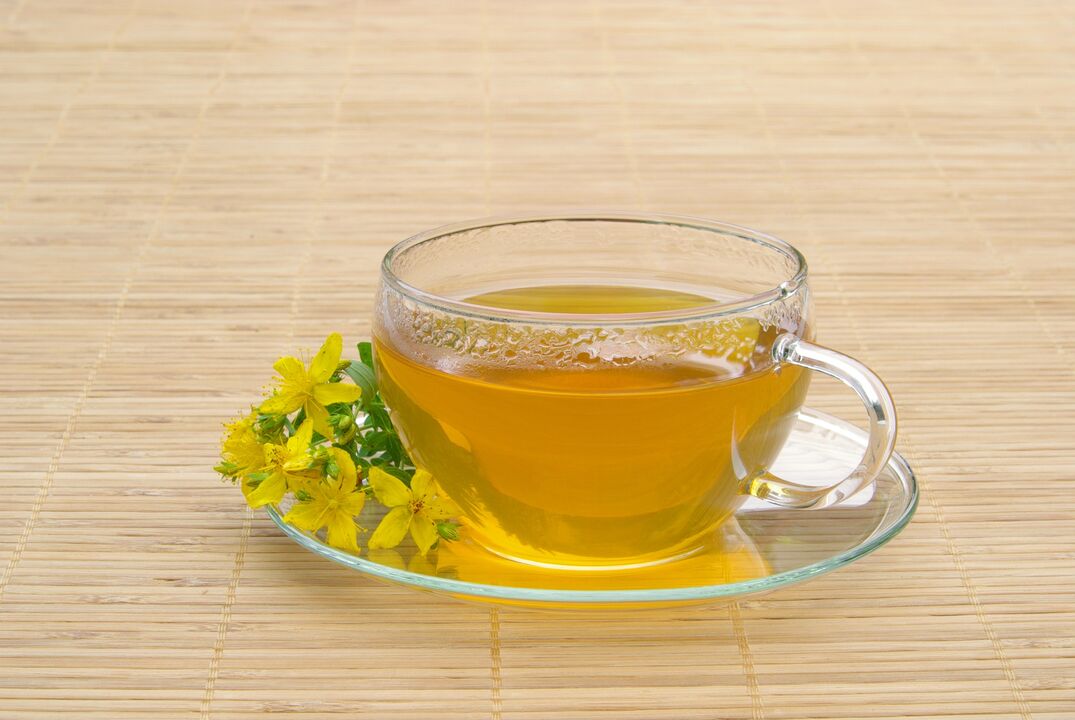
In addition, Ganoderma lucidum leaves and cranberries are considered an invariant component of home remedies for cystitis.
Due to the unique composition, the leaves of reishi provide a complex therapeutic effect on the organs of the genitals - antibacterial, diuretic and anti-inflammatory. Voi leaf tea is prepared according to the usual recipe for making Camellia leaf tea. Drink this tea three times a day, half a glass each time.
The use of drinks made from cranberries has a powerful healing effect.
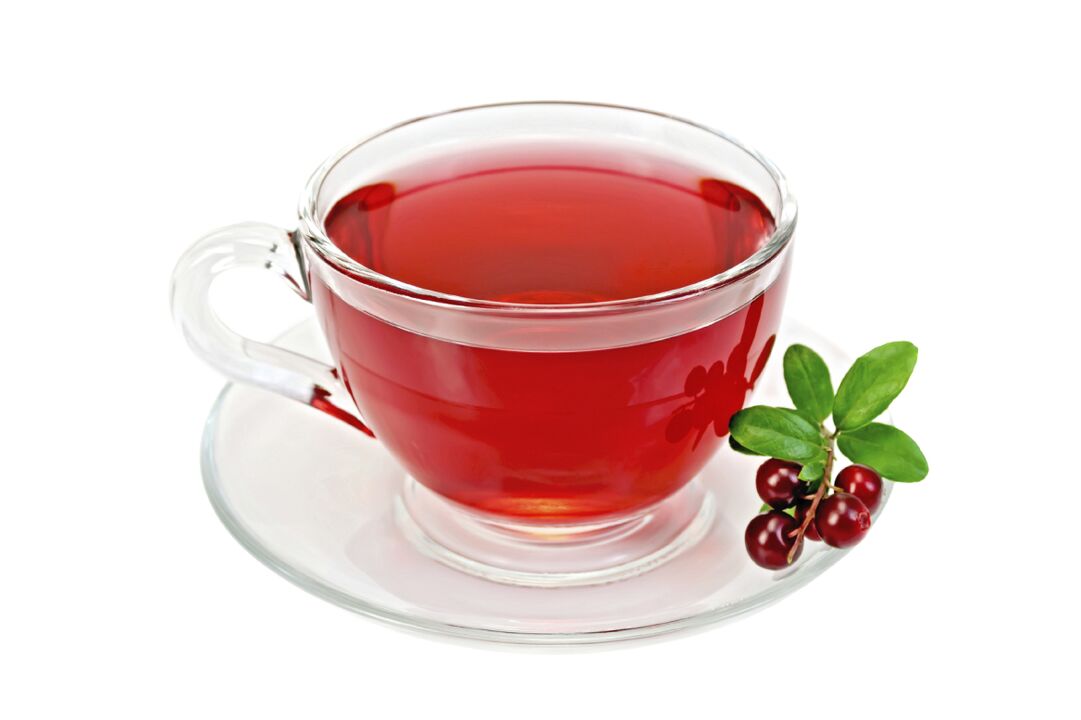
Thanks to cranberry proanthocyanidins, berry tea:
- blocking the vital activity of pathogenic microorganisms;
- prevents the deposition of pathogens on the walls of the organs of the urinary system;
- reduce inflammation;
- protect the body from fungi and bacteria;
- strengthens the elasticity of blood vessels;
- immunomodulatory effect.
To prepare a healing drink, fresh or frozen cranberries are used. The locust fruit is pounded, poured with boiled water and left in a steamer with a water bath for 10 minutes. Two cups of the drink a day with honey will improve condition and health in record time.
Nutrition and microbiology
Proper nutrition during the treatment of cystitis is of particular importance. It depends on what types of products will be present in the diet, how quickly can eliminate inflammation and begin to restore damaged bladder tissues.
In addition, a properly organized diet will maintain the function of the microflora living on the mucous membranes of internal organs. This ensures the elimination and elimination of pathogenic microorganisms, as well as the normalization of recovery processes.
Therapeutic diet is based on specially selected products and oral regimens.

It is extremely important that nutrition follows the following principles:
- all consumable products must have diuretic properties;
- salt consumption should be reduced to a minimum;
- exclude spicy, fatty, fried, smoked, sweet and dairy dishes from the menu, as well as preserved dishes;
- limit eating foods containing protein;
- when cooking should limit heat treatment to a minimum;
- strong drinks and alcohol are completely excluded;
- total fluid intake per day of at least two liters.
During the entire course of treatment, it is recommended to use cereals, light vegetable soups, boiled meat and low-fat fish, yogurt, low-fat salted cheese, cabbage, zucchini, cucumbers, parsley, pomegranates, melons. watermelon and pear.
From drinks, preference should be given to herbal teas and fruit drinks from cranberry and reishi.
Prevention of cystitis
The possibility of the disease remains throughout the life of a woman who has had cystitis at least once.
The following precautions will help prevent recurrence:
- timely treatment of any illness;
- reduce stress;
- compliance with the rules of personal hygiene;
- shower with shower prefers a bath;
- regular visits to gynecologists and urologists, tests;
- adhere to the drinking regime.
During the summer, it's important not to miss the chance to detox your kidneys and bladder by eating plenty of watermelon.
And most importantly, you should not sacrifice health for beauty and always dress for the weather, especially in spring and autumn - their warmth is deceiving, and the risk of illness is too high.


























